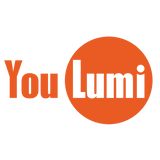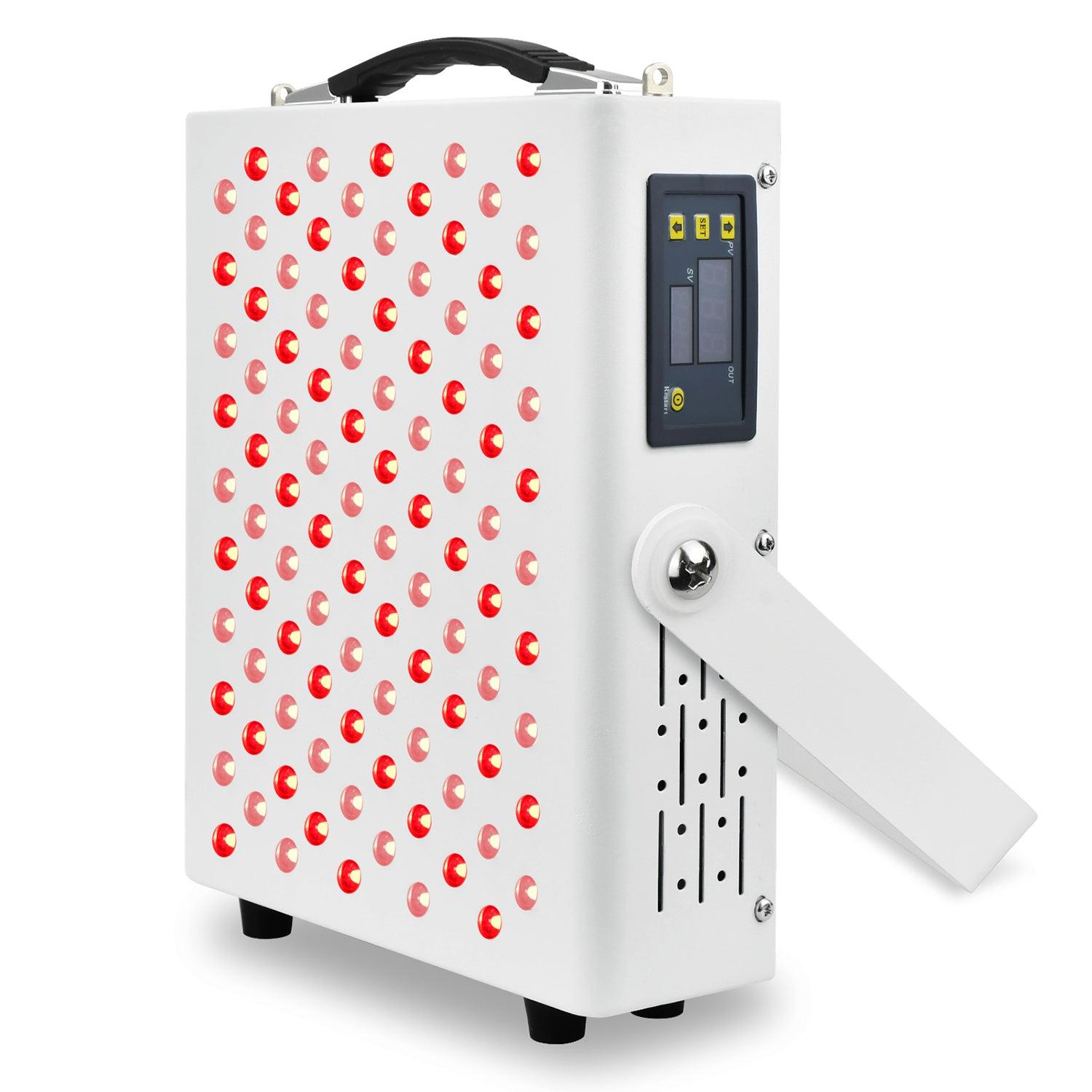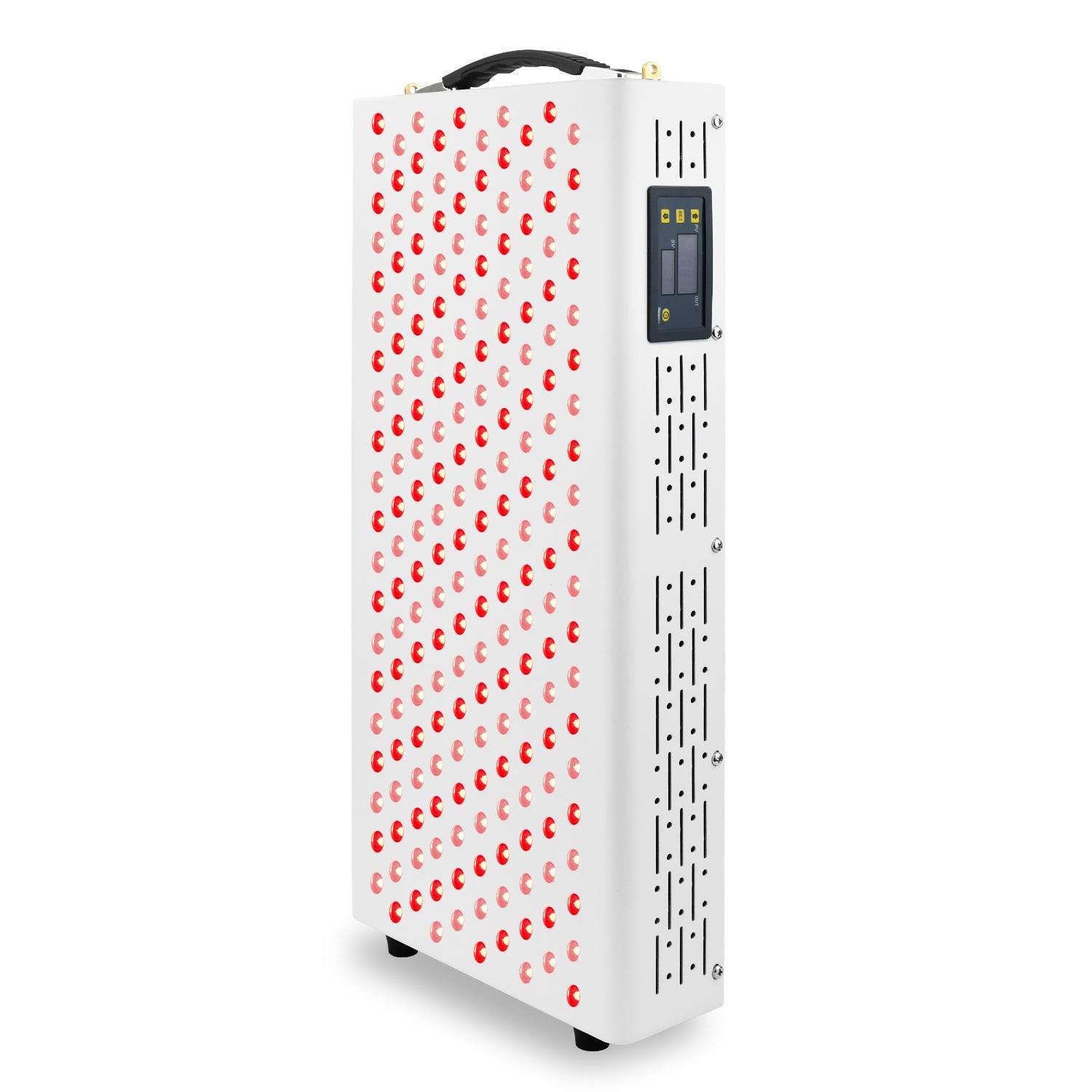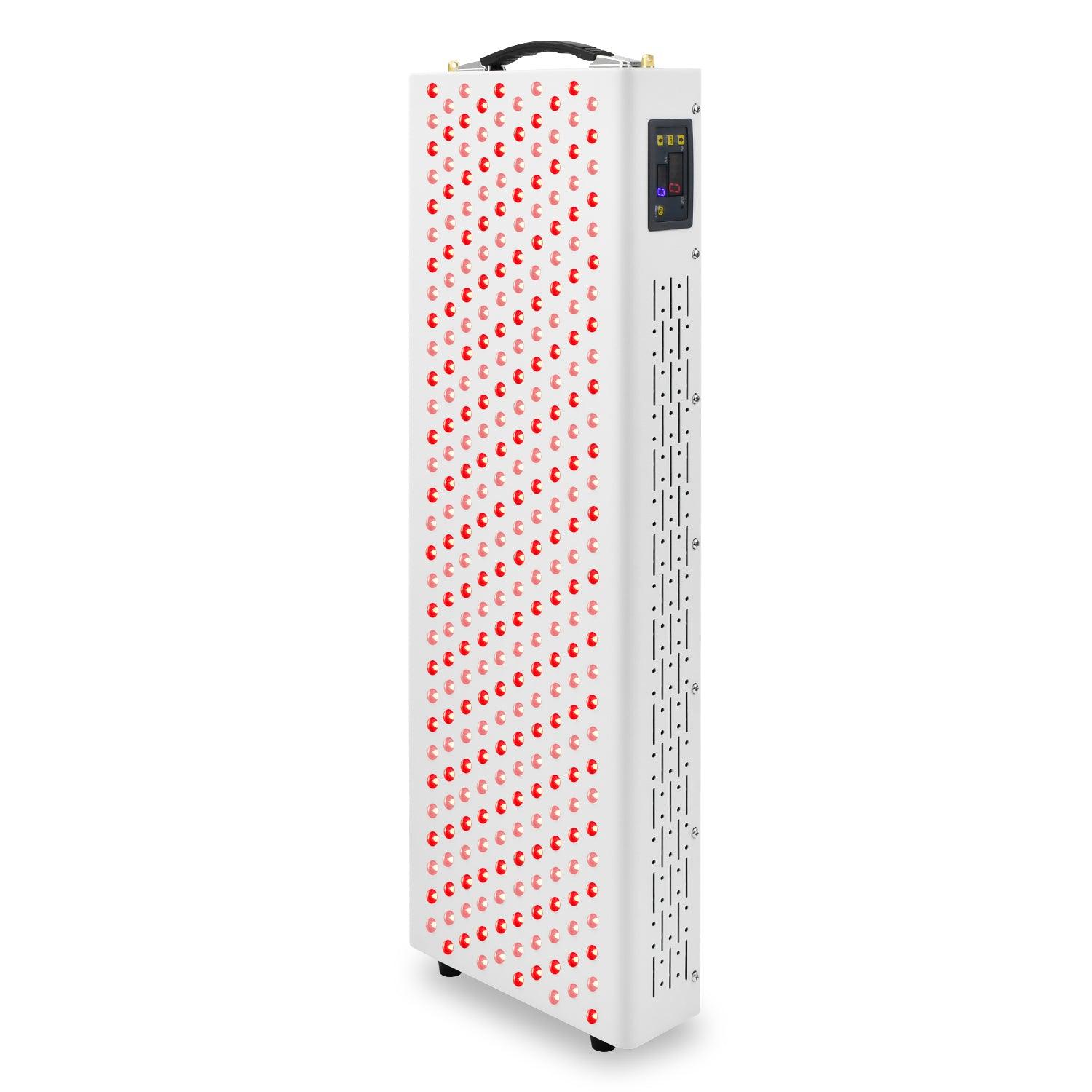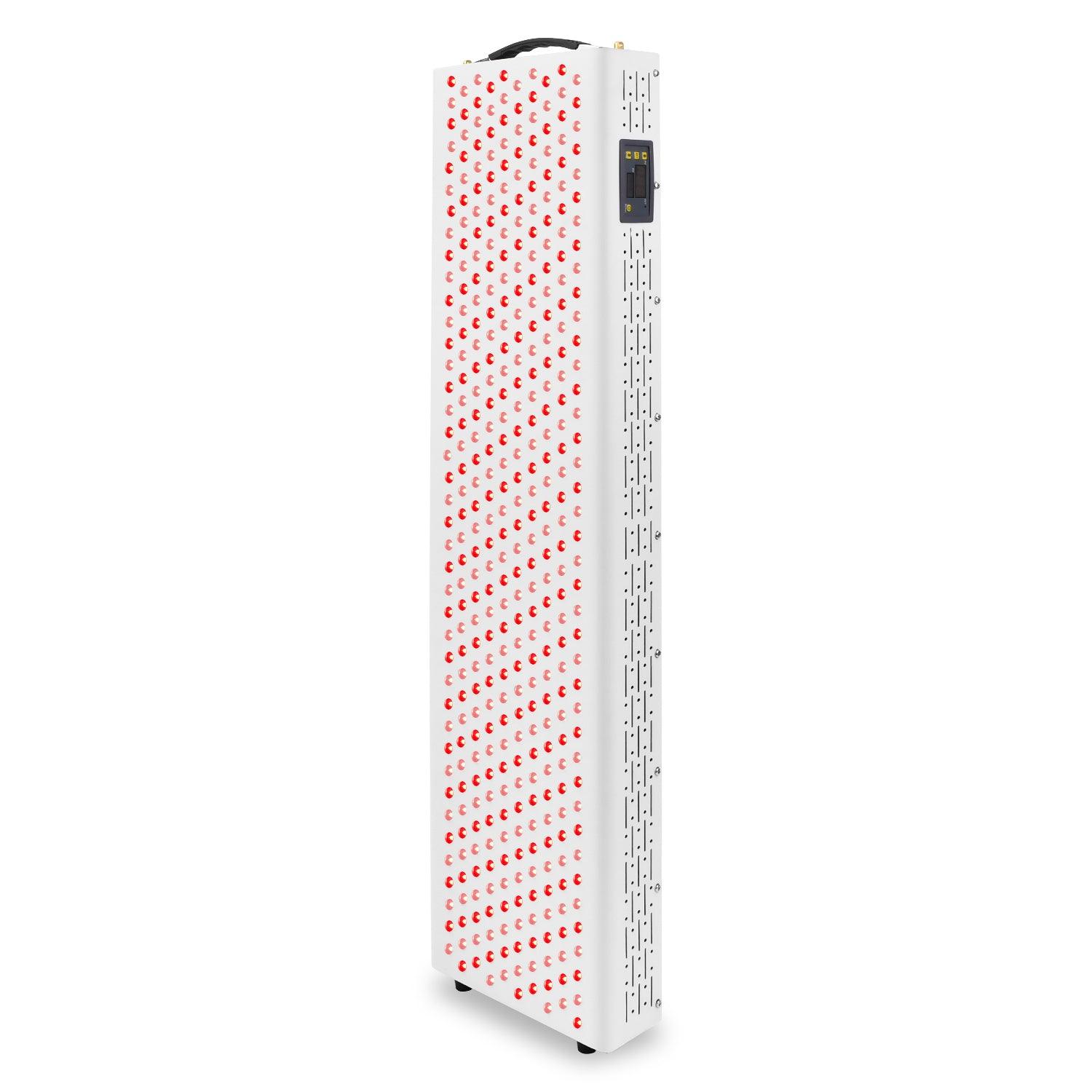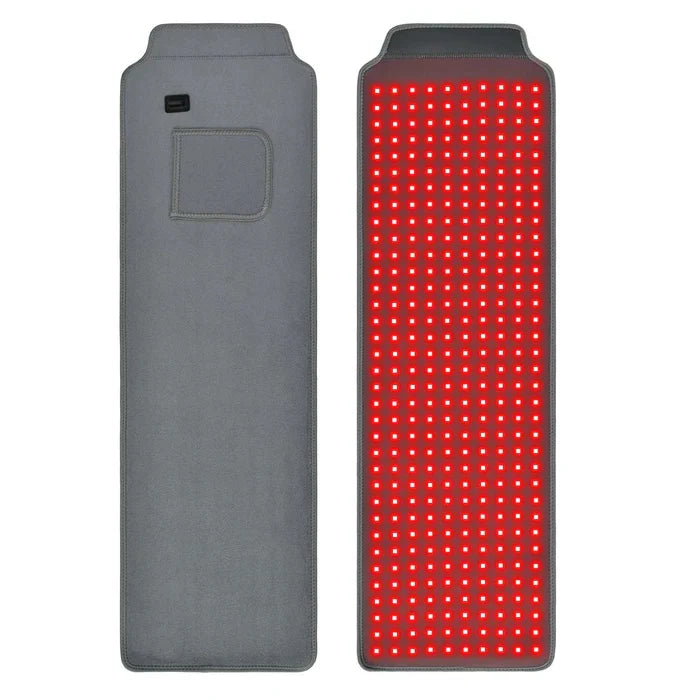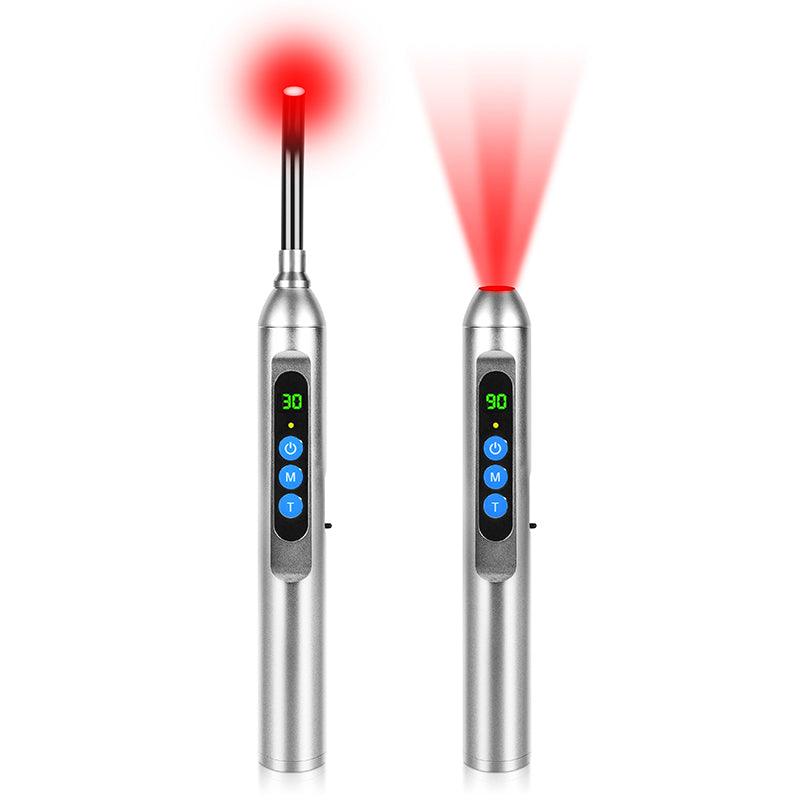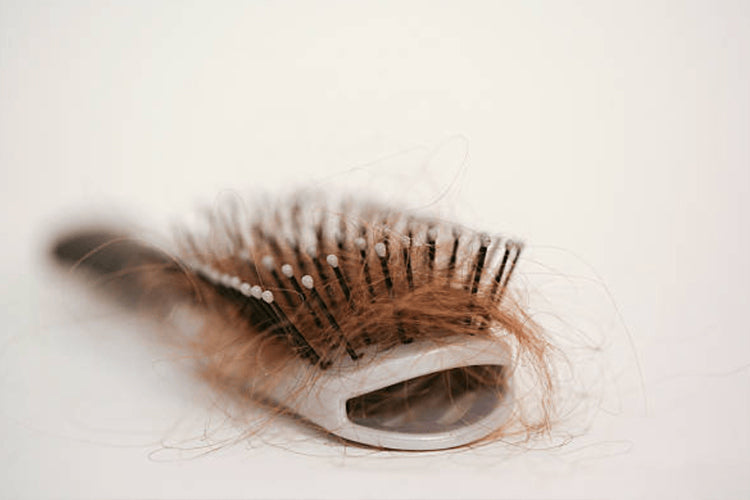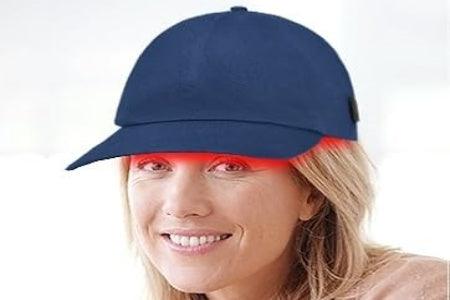About Cold Sore
Cold sores — also called fever blisters — are a common viral infection. They are tiny, fluid-filled blisters on and around your lips. These blisters are often grouped together in patches. After the blisters break, a scab forms that can last several days. Cold sores usually heal in two to three weeks without leaving a scar.
Cold sores spread from person to person by close contact, such as kissing. They’re usually caused by herpes simplex virus type 1 (HSV-1), and less commonly herpes simplex virus type 2 (HSV-2). Both of these viruses can affect your mouth or genitals and can be spread by oral sex. Cold sores are contagious even if you don’t see the sores.
red light therapy Cold Sore is very common, In USA, More than 3,000,000 US cases per year.
Red light therapy for cold sore
UV Radiation - Not for Treating Cold Sores
Most cold sore scabs and blisters form on the lips. Lip skin is unique because it is much thinner than most skin on the body and does not contain specialized skin cells known as melanocytes. Melanocytes produce melanin, which is the pigment that determines skin and hair color and acts as protection from ultraviolet radiation. The absence of melanin in lips makes them particularly vulnerable to damage from UV rays.
The herpes virus that causes ugly lesions on the lips can also affect the corneas and eyelids (ocular HSV). Some research has shown that exposure to UV radiation (even in natural sunlight) for more than eight hours per week may increase the recurrence of ocular HSV outbreaks.
The short story is, minimize UV exposure. As the authors of the above-referenced study said, “Studies have suggested that exposure to ultraviolet (UV) light may increase risk of herpes simplex virus (HSV) recurrence.” If you have had or currently have cold sores, use sunscreen, wear a hat, and otherwise minimize going outside when the sunlight is strongest.

Infrared and Red Light Cold Sore Treatment
Red light therapy, which is also referred to as photobiomodulation and low-level light therapy (LLLT), is known for its healing, skin-regenerating, and anti-inflammatory properties. The term “red light” includes red wavelengths and near-infrared (NIR) wavelengths, both of which are measured in nanometers (nm). The difference between them is that NIR wavelengths are longer and penetrate deeper than red light wavelengths.
Research has confirmed that red light accelerates healing and reduces pain from oral HSV lesions, as shown in a 2018 review of three clinical studies.
Most research has focused on laser and LED therapy treatments on orofacial HSV (mouth and face) and labial HSV (lips) using wavelengths ranging from 660nm (red light) to 780nm (near-infrared light), with one study using infrared light at 1072nm.
A 2009 study using red wavelengths ranging from 650nm to 680nm showed marked improvement of mouth ulcers in 69 patients, after just one treatment.
Another study, conducted in 2011 by researchers from Brazil, focused on two patients who refused the use of topical antiviral medicines due to its ineffectiveness. Here’s a short summary of each case:
- A 23-year-old nursing student whose cold sores were triggered by stress experienced remission after seven days of treatment with 660nm red wavelengths. He remained symptom-free during the 17-month follow-up period.
- A 50-year old female suffered from recurring cold sores on her lips; she would develop one every two to three months, and the sores lasted about a week. After five days of treatment with 660nm red light therapy, she experienced remission, and remained symptom-free during the 17-month follow-up period.
- A larger-scale, long-term study of 232 patients used 670nm red light therapy to heal their mouth lesions. Patients receiving the treatment were observed for five years, during which there was a significant extension of the time between flare-ups.
-
A study by researchers from Vienna, Austria, focused on herpes zoster, which is a herpes simplex virus that manifests as chickenpox in children and shingles in adults. Of the 50 patients studied, those treated with LLLT remained symptom-free for an average of 37.5 weeks, while symptom recurrence in the control group was three weeks. This study suggests that treatments can result in fewer, shorter, and less intense outbreaks.
A 2013 study on lip HSV cold sores involved 87 patients. They were divided into two groups: one treated with infrared wavelengths (1072nm) and the other with placebo, also known as “sham” light therapy. The median healing time for the group receiving infrared treatment group was 129 hours, compared with 177 hours for the control group.
And finally, Korean researchers conducted a study in 2013 with 28 patients who suffered from herpes zoster virus-induced cold sores. Half were treated with NIR light (830nm), and the rest were given oral medication. The NIR treatment group experienced faster healing (13 days vs. 16 days) and a significant reduction in pain.
Expect these healing, red light therapy for cold sores to provide therapeutic relief.
Light therapy can be one of the best cold sore light treatments, over the counter equivalent of meds.
-
How Red Light Promotes Healing of Cold Sores
-
Red light and near-infrared light promote what’s known as biostimulation in human tissue. Biostimulation is a process that begins at the cellular level, which involves photochemical reaction in cells. Red Light Cold Sore Treatment addresses not only symptoms of a condition or disease, but also the underlying causes, making it an effective remedy for chronic recurring conditions like cold sores. Here’s how it works:

Energy Production in Cells
The healing process begins with stimulation of energy production within the mitochondria of cells. These life-sustaining organelles are colloquially known as the “energy factories” or “energy powerhouses” of cells. When mitochondria are stimulated by wavelengths of red light, they produce more of the energy cells need to successfully perform their functions, protect themselves from damage, repair damage, and replicate.
When mitochondria malfunction and don’t produce enough cellular energy, this leads to a condition called mitochondrial dysfunction. The individual cell becomes low-performing, and the system the cell is a part of is also affected. In some cases, mitochondrial dysfunction is inherited. Most often, however, it is caused by disease, inflammation, or various forms of stress including oxidative stress, environmental toxins, and chronic psychological stress.
One of the symptoms of mitochondrial dysfunction is an increased risk of infection because mitochondrial dysfunction also affects the immune system. Even though (according to the World Health Organization) nearly 70 percent of the world’s population carries the HSV-1 virus, most are asymptomatic. HSV can hide from a healthy immune system, but will flare up if the immune system is weakened.
Correcting mitochondrial dysfunction supports the immune system in maintaining a state of health.
Reduced Inflammation
Inflammation is a normal, natural part of the healing process. But if the inflammatory response goes on for too long, it results in chronic inflammation, which is not healthy. It can cause unwanted effects throughout the body over the long term, including mitochondrial dysfunction, which makes the body more susceptible to viruses.
Chronic inflammation can lead to:
- Chronic fatigue results from the inability of cells to produce adequate energy; the progression is: chronic inflammation > mitochondrial dysfunction > fatigue.
- Depression and anxiety. When psychological distress becomes persistent, it lowers the body’s ability to fight off viruses.
- Persistent or frequent viral and bacterial infections due to a weakened immune system.
A large body of research has shown that red light reduces inflammation. In a 2017 scientific literature review, noted red light therapy expert and Harvard Medical School associate professor Michael Hamblin writes: “The remarkable range of medical benefits provided by PBM, has led some to suggest that it may be ‘too good to be true.’ However one of the most general benefits of PBM that has recently emerged, is its pronounced anti-inflammatory effects.”
Increased Collagen Production
Collagen is an essential protein; one that makes up about 80 percent of the skin (the largest organ in the body), and provides strength and firmness. Red Light Cold Sore Treatment has been shown to stimulate collagen production to ensure that healthy new skin will take the place of healed cold sore lesions.
One study that revealed red light’s ability to stimulate collagen production took place in 2014 by researchers from Germany. The study involved 136 participants, and those who were treated with red light experienced significant increases in collagen density. “In contrast,” the study authors write, “the control subjects showed no significant difference in collagen density and significant worsening of skin roughness and wrinkle status.”
Improved Circulation
Eliminating cold sores relies on good circulation. Good circulation relies on capillaries, which are tiny blood vessels made up solely of endothelial cells and basal lamina (the outer membrane). Every cell in the body is located in the immediate vicinity of a capillary; without capillaries, the skin would not receive blood flow. In a sense, capillaries are “feeding tubes” that bring nutrients and oxygen to cells, and remove waste. These tiny blood vessels are especially important for restoring healthy skin once HSV lesions have healed.
Research has shown that red light promotes healthy proliferation of endothelial cells, which are essential for capillary formation and for properly regulating the exchanges of materials, including white blood cells, between the bloodstream and tissues.
Red Light Therapy for Cold Sores at Home
Now that you know more about how red light works on cold sores, you’re probably wondering if you have to visit a doctor to have your cold sores treated. And the answer is no.
Powerful LED panels with clinical-grade light output are now available for home use. They can be used to prevent cold sores forever when you have an outbreak. These Red Light Cold Sore Treatment can also help prevent recurring flare-ups when you use LED red light treatments regularly to maintain optimal skin health, boost your immune system, and reduce inflammation throughout your body.
In fact, you will enjoy more youthful skin and better overall health by treating yourself to several 10- to 20-minute sessions per week.
LED therapy is natural, painless, highly effective, and side-effect free. It can treat many surface and deep-tissue conditions. The Youlumi blog is an excellent resource you can turn to for factual information about the many varied conditions that can be treated in the comfort of your own home, using the highest quality, most red light therapy panels on the market.
